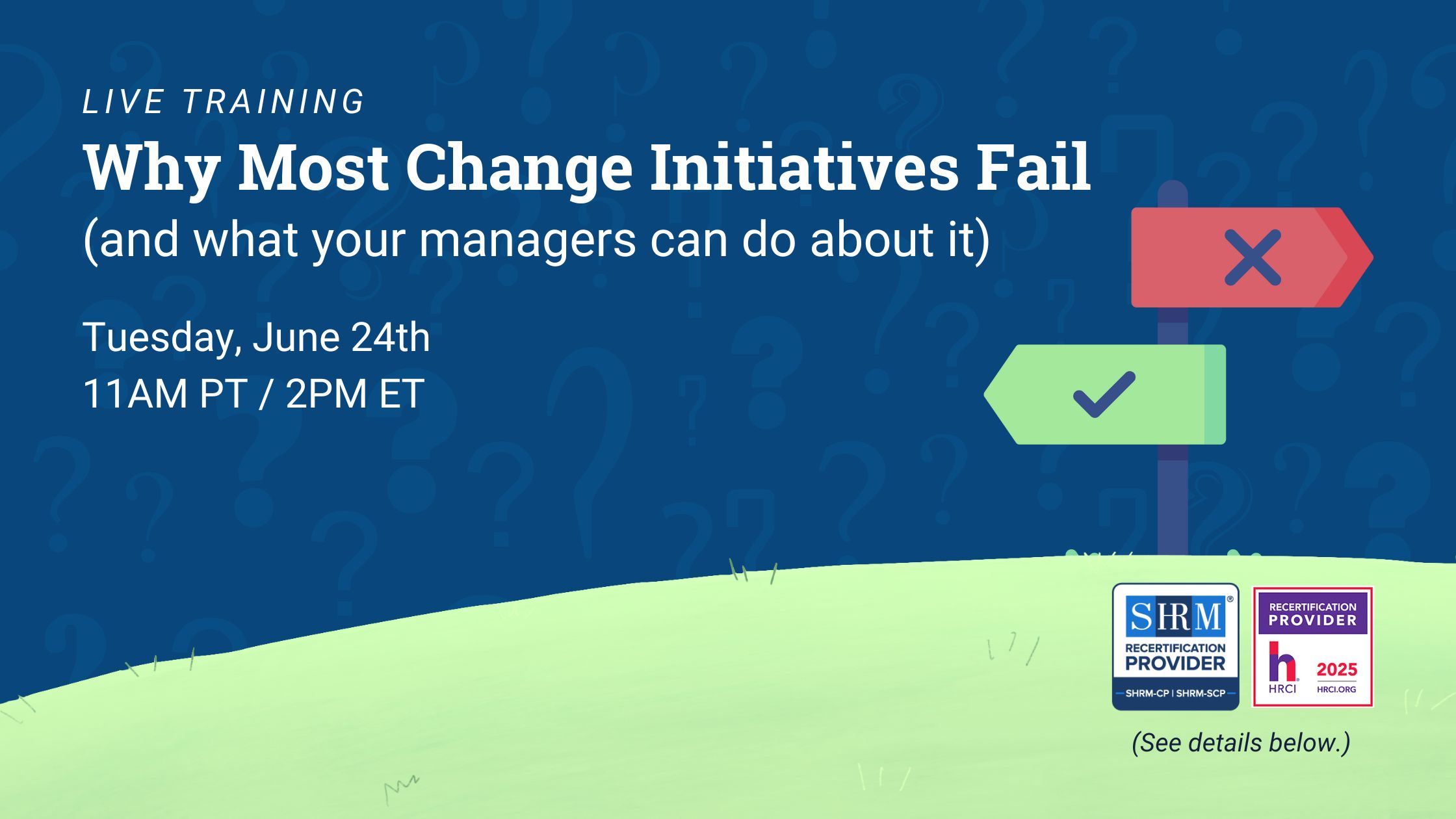Inevitably, difficult conversations will arise in any workplace. As a manager or leader, you likely bear the responsibility of navigating these challenging interactions. Whether you’re addressing performance issues, providing critical feedback to employees, mediating conflicts, or discussing sensitive topics like layoffs or restructuring, these conversations can be emotionally charged and, if not handled properly, potentially damaging to relationships.
Mastering the ability to navigate difficult conversations is a vital leadership skill. It requires a blend of empathy, assertiveness, and active listening. By practicing these essential skills and using a structured approach to these conversations, you can enhance communication, build trust, and create a more positive and productive work environment for your team.
Common Reasons for Difficult Conversations at Work
Difficult conversations are often required in the workplace, due to sensitive or challenging situations. Here are some common reasons why these conversations may be necessary:
- Performance issues: When an employee consistently fails to meet expectations, it is important to address these concerns directly and constructively. This may involve discussing missed deadlines, substandard work, or a lack of initiative.
- Behavioral issues: It is crucial to promptly address inappropriate behavior in the workplace, such ase instances of harassment, discrimination, bullying, or violations of company policies.
- Employee termination: Terminating an employee’s employment, whether due to performance issues, misconduct, or company restructuring, requires careful and sensitive handling.
- Policy violations: When an employee violates company policies—such as misuse of company resources, breaches of confidentiality, or substance abuse—a difficult conversation is necessary to address the issue and implement appropriate consequences.
- Workplace conflict: Disagreements and conflicts between team members can disrupt productivity and employee morale. Addressing these issues directly and fairly is essential for maintaining a positive culture and collaborative atmosphere.
- Delivering critical feedback: While providing constructive criticism can be challenging, it’s essential for employee growth and development. These conversations require careful consideration and a focus on specific behaviors and their impact.

6 Tips for Handling Difficult Conversations at Work
Navigating difficult conversations effectively requires a blend of empathy, assertiveness, and strong communication skills. Here are some key tips for managers and leaders:
1. Preparation is key
Thorough preparation is essential for any challenging conversation. Schedule the meeting at a mutually convenient time and choose a private, neutral location that promotes confidentiality and encourages open communication. Clearly define the purpose of the conversation and the specific issues you want to address before the meeting. Gather your thoughts and prepare talking points, but avoid scripting the entire conversation to allow for the flexibility to respond to the other person’s input.
2. Focus on behavior, not personality
It is crucial to focus on the impact of specific behaviors and not make personal attacks or generalizations about the individual. Use “I” statements to frame your concerns, such as “I’ve noticed that…” or “I’m concerned that…” This approach avoids sounding accusatory and fosters a more constructive dialogue. Support your points with concrete examples and data whenever possible to provide clear evidence and avoid subjective interpretations.
3. Create a safe and respectful environment
Establish a respectful and open tone from the outset. Keep a professional and calm demeanor throughout the conversation, even if emotions run high. Acknowledge the other person’s feelings and perspectives, even if you disagree. Doing so shows empathy and helps them feel heard and understood. Focus on finding mutually agreeable solutions and collaborate to develop an action plan that addresses the concerns raised.
4. Employ active listening and clear communication
Pay close attention to both verbal and non-verbal cues from the other person. Actively listen to their perspective, ask clarifying questions, and summarize their points to ensure you accurately understand their viewpoint. Doing so demonstrates genuine interest and encourages open, honest communication. Recap the conversation to ensure both parties are aligned and to prevent misunderstandings.
5. Follow up and follow through
Document the conversation, including key points, agreed-upon actions, and timelines. This record of the discussion helps ensure accountability. Follow up on commitments made during the conversation to demonstrate your dedication to resolving the issue and supporting the individual. Offer ongoing support and guidance to help them succeed and address any lingering concerns.
6. Seek external support
If you are unsure how to approach a difficult conversation or feel overwhelmed, consult your HR department for guidance and support. They can provide valuable resources and advice on navigating complex situations while ensuring compliance with company policies and legal requirements. Consider seeking professional coaching to enhance your communication and conflict-resolution skills.
By following these tips, you can improve your ability to navigate difficult conversations effectively, build stronger professional relationships, and foster a work environment that helps your team thrive.
Conclusion
Navigating difficult conversations is a critical leadership skill that requires careful preparation, empathy, and strong workplace communication. Managers can effectively address challenging situations and foster a more positive and productive work environment by focusing on specific behaviors, creating a safe and respectful environment, and actively listening to the other person’s perspective. Remember to prioritize clear communication, seek external support when needed, and follow up on commitments to ensure a successful resolution.
Mastering the art of handling difficult conversations requires ongoing practice and development. By continuously refining your approach, you can improve relationships, enhance your leadership effectiveness, and create a more positive and fulfilling work experience for yourself and your team.
INTOO can support your efforts in handling difficult conversations though leadership training, employee training programs and workshops on topics such as effective communication and change management, and other career development programming. Contact us today for customized recommendations.











